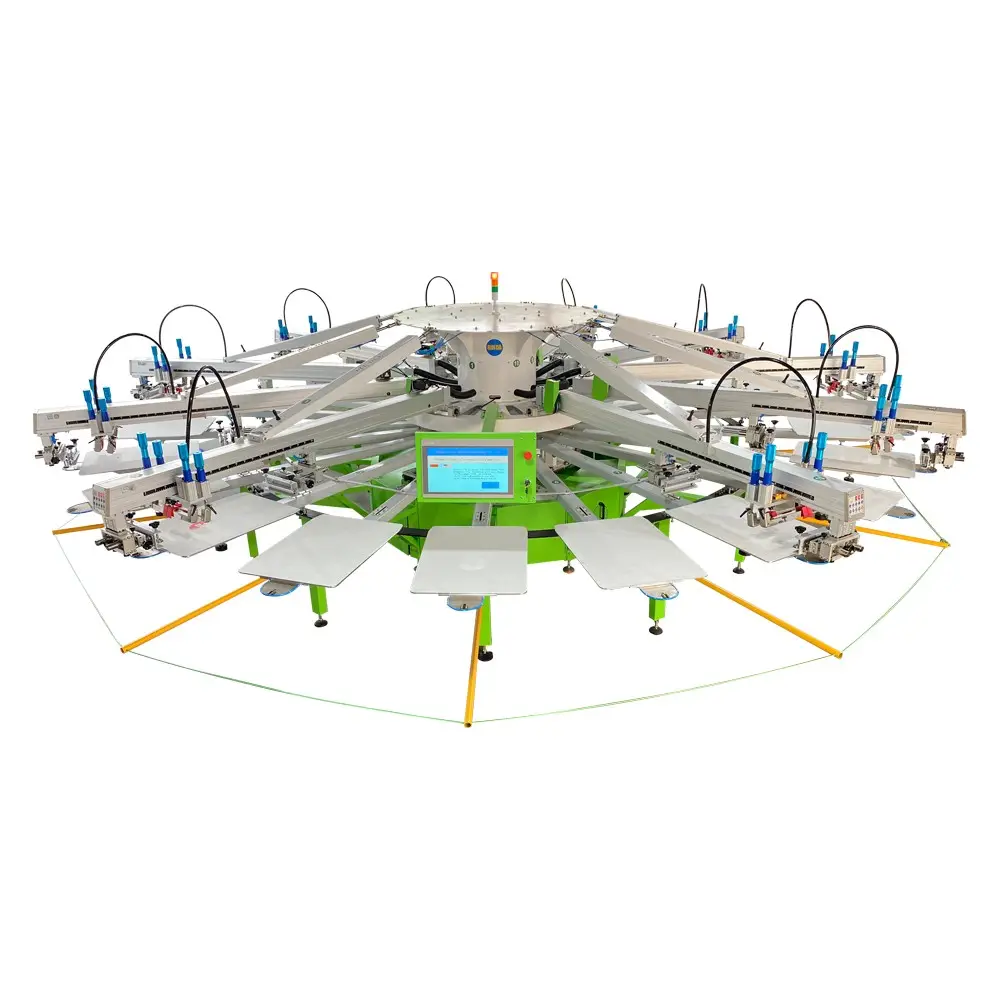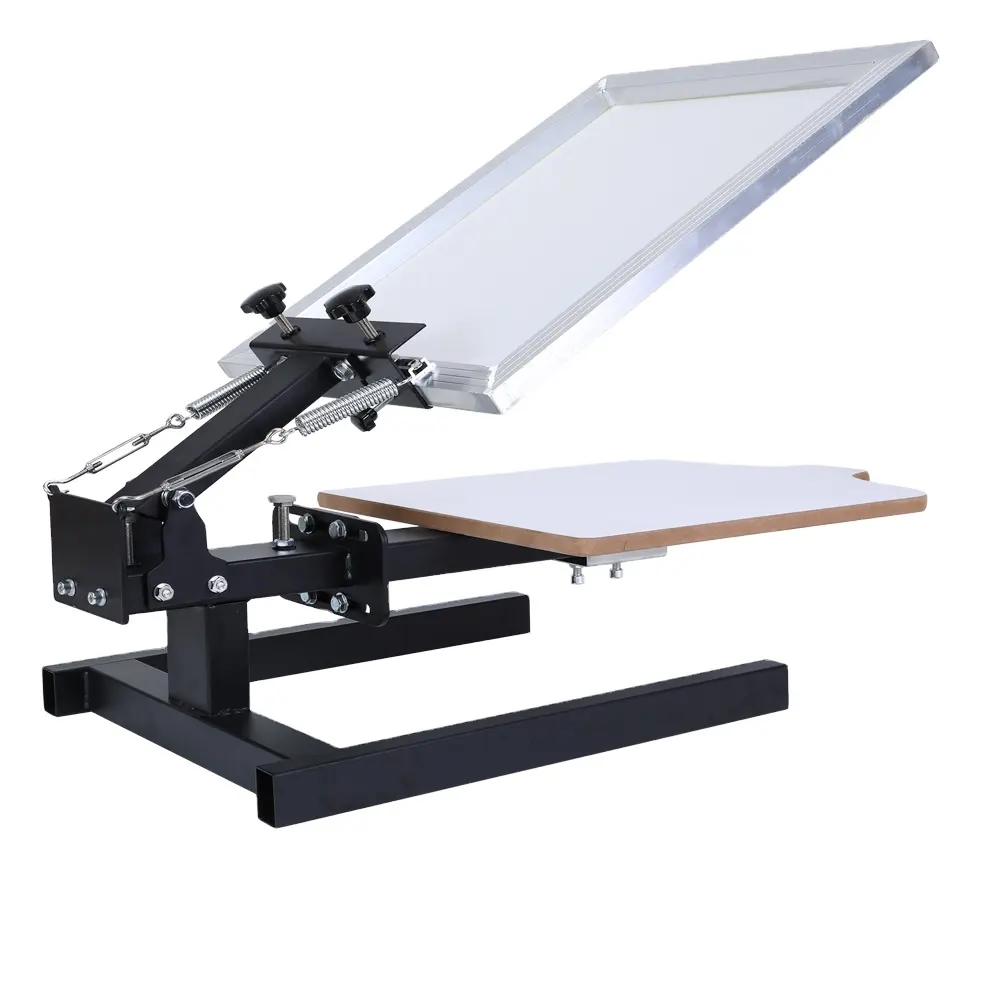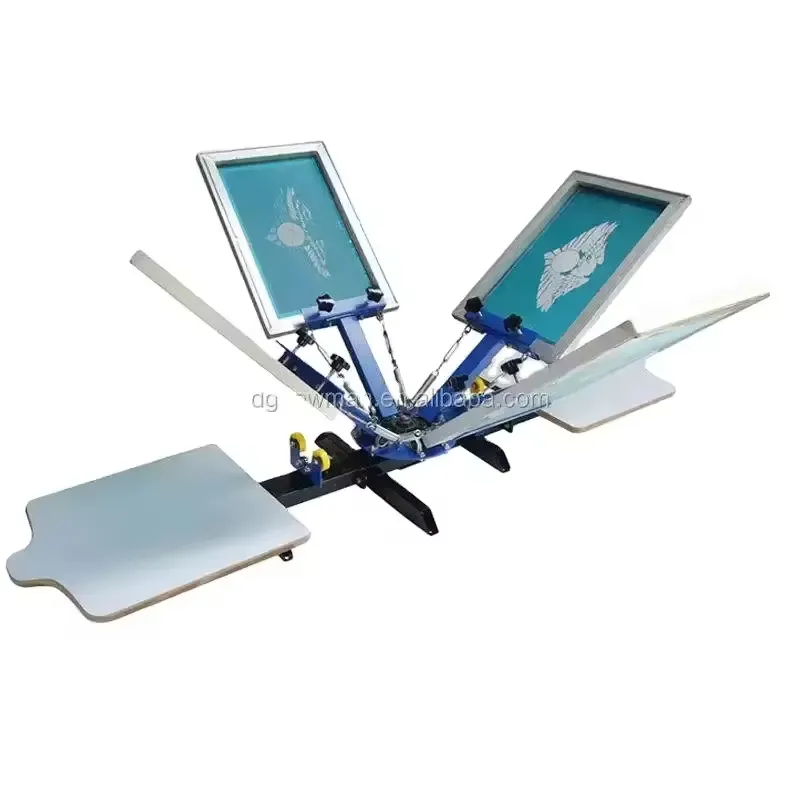buy a screen printer
A screen printer is a versatile piece of equipment that enables businesses and individuals to create professional-quality prints on various surfaces. When considering to buy a screen printer, it's essential to understand that modern units combine traditional printing techniques with advanced technology. These machines utilize a mesh screen and squeegee system to transfer ink onto substrates, offering exceptional precision and consistency. The latest models feature digital controls, automated registration systems, and adjustable pressure settings, allowing for precise color matching and detailed image reproduction. Screen printers are available in manual, semi-automatic, and fully automatic configurations, catering to different production volumes and requirements. They can handle diverse materials including textiles, paper, plastics, and metals, making them ideal for producing custom t-shirts, signage, promotional items, and industrial applications. The printing area specifications typically range from small format desktop units to large industrial-scale machines, with some models offering multiple station configurations for multi-color printing. Modern screen printers also incorporate advanced features such as micro-registration adjustment, off-contact control, and flash cure units for superior print quality and efficiency.


